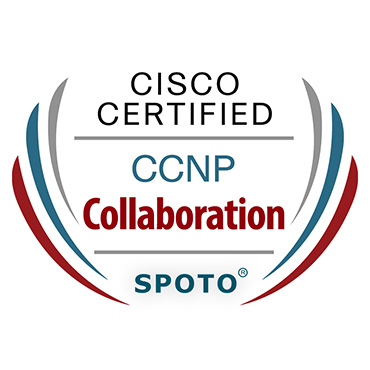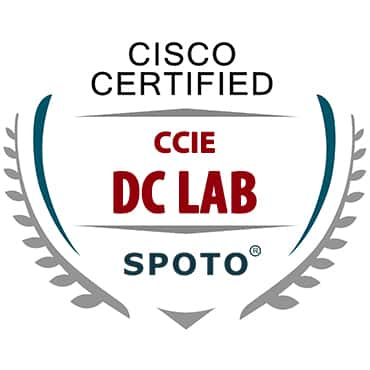Computer loaded with Linux Operating System could also be a part of the network whether it is considered to be a small or large network by its multitasking as well as multiuser natures. Maintaining of system and network up as well as running is a task of System or Network Administrator’s job. For help in Linux Certification, you should acquire the study dumps, which are being offered at the SPOTO Club.
Linux is considered to be the kernel of an operating system. It would be developed by Linus Torvalds absolutely from scratch. However, it is a clone of UNIX. It would be developed as open-source software which would be inherently very secure and robust. Anybody could install Linux and could make changes to it, creating their own Linux version. These versions of Linux would be officially considered as “distros” or “distributions”. Before we move Some of the popular Linux versions are mentioned below:
· Ubuntu Linux
· Red Hat Enterprise Linux
· Linux Mint
· Debian
· Fedora
The unmatched stability and security of the Linux kernel, which would be coupled with the open-source nature of it, makes it one of the extensively utilized software.
Linux is utilized both in software development as well as in servers. Most of the embedded systems and devices in the world would be implementing one or the other distribution of Linux. About 90% of the internet servers around the world are Linux servers. And, about 80% of the smartphones in the world would be running the Linux kernel.
Every system in the world would be now connected through a network. Networking amongst systems is considered to be essential for the exchange of information. Networking in computers would be speaking about networking both within the network as well as across the internet. A network could be as small and simple as a home network or it would be as complex as a network for a space station.
Networking includes troubleshooting as well as network configuration. In this module, we would be learning about the Linux networking commands as well as network troubleshooting.
Linux Networking Commands
Linux networking commands would be utilized extensively for inspecting, analyzing, maintaining, and troubleshooting the network/s connected to the system.
Here are the top ten Useful Linux Networking Commands
- Ifconfig
- traceroute
- dig
- telnet
- nslookup
- netstat
- scp
- w
- nmap
- Enable/Disable Network Interface
1. Ifconfig
ifconfig utility is utilized for configuring network interface parameters. Mostly it is used to check the IP address assigned to the system.
2. traceroute
traceroute would be printing the route packets take to a network host. Destination host or IP is the compulsory parameter to utilize this utility
3. dig
dig stands for Domain Information Groper is considered to be a flexible tool for interrogating DNS name servers. It would be performing DNS lookups as well as displays the answers that would be returned from the name servers.
4. telnet
telnet would be connecting destination host: port via a telnet protocol if the connection would be establishing the means connectivity between two hosts is working fine.
5. nslookup
nslookup is a program for querying Internet domain name servers.
6. netstat
Netstat command would be allowing you a simple way for reviewing each of your network connections and open sockets.
7. scp
scp would be allowing the candidate for copying files securely to and from another host in the network.
8. w
w would be printing a summary of the current activity on the system, which would be including what each user is doing, as well as their processes.
9. nmap
nmap is considered to be one of the powerful commands, which would be able to check the opened port on the server.
10. Enable/Disable Network Interface
You could enable or disable the network interface by utilizing ifup/ifdown commands with the ethernet interface parameter.
For more information about Linux Networking Commands, you should check out the training courses provided by the SPOTO Club












Comments